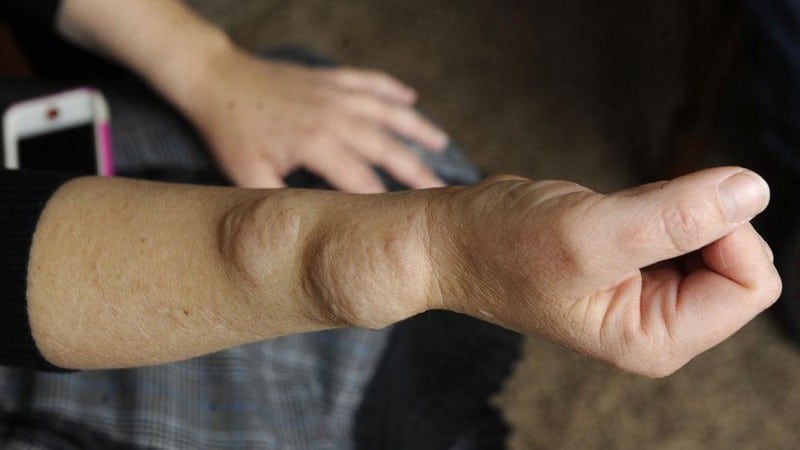Dercum’s Disease

Lipomas can be caused by several different risk factors, one of which is Dercum’s disease, also known as adiposis dolorosa. This rare condition causes lipomas (as well as other fat deposits) to form in various areas of the body, most commonly on the arms and legs. Although it is primarily characterized by lipomatosis (the growth of painful lipomas), it is also associated with several systemic disorders, such as diabetes and thyroid conditions.
The exact cause of Dercum’s disease is unknown, but genetics and environmental factors have been implicated. Studies show that 50 to 60 percent of patients with Dercum’s disease have a family history of the condition, while the remaining patients appear to have no genetic predisposition. In addition, there is evidence that smoking and obesity may be risk factors for Dercum’s disease; however, more research is needed to draw firm conclusions about these relationships.
Elevated levels of testosterone and growth hormone may cause Dercum’s disease due to high levels of androgen hormones. Androgen hormones play an important role in causing Dercum’s disease. The following types of androgens exist: testosterone, dihydrotestosterone, and dehydroepiandrosterone (DHEA). Androgens can cause lipomas to grow in size by stimulating the production of sebum, a thick secretion from sebaceous glands in the skin.
However, high sebum levels may lead to build-up on our skin, which encourages the growth of lipomas. In addition, excess amounts of sebum can also mix with dead skin cells and produce oxidase enzymes that result in inflammation.










